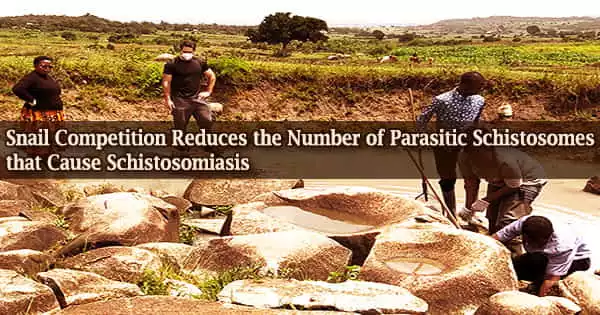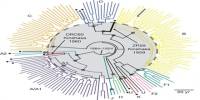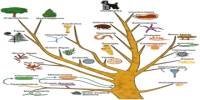Fish living downstream of storm drains are constantly exposed to toxins in the runoff, including the tire-derived chemical 6PPD-quinone. This drug has recently been connected to widespread coho salmon deaths on the West Coast of the United States.
Researchers have now found that exposure to 6PPD-quinone at environmentally relevant levels will kill rainbow and brook trout, but not Arctic char or white sturgeon, according to ACS’ Environmental Science & Technology Letters.
Protectants, such as N-(1,3-dimethylbutyl)-N’-phenyl-p-phenylenediamine, or simply 6PPD, are added to rubber tires so that they can be driven safely for a long time. Small rubber particles scatter across highways when the treads wear down and portions break off over time.
They react with oxidants in the air, like as ozone, to convert 6PPD to 6PPD-quinone, which then washes into waterways with the source tire particles in stormwater runoff.
The researchers noticed a rise in blood glucose levels in both trout species after exposure to 6PPD-quinone, implying that it impacted the fish’s energy metabolism pathways.
Previous research has found that modest quantities of 6PPD-quinone are harmful to coho salmon, a popular recreational fish, and an ecologically significant species and that this is what causes the phenomena known as urban runoff mortality syndrome in urban streams.
In contrast, another study found that zebrafish and Japanese medaka can tolerate even large doses of 6PPD-quinone.
As a result, Markus Brinkmann, Markus Hecker, Steve Wiseman, and colleagues wanted to see if this pollutant is harmful to a wider spectrum of commercially, culturally, and ecologically important fish species.
The researchers used different doses of 6PPD-quinone on juvenile brook trout, rainbow trout, Arctic char, and white sturgeon. Even low quantities, such as those observed in surface waters during stormwater overflow events, were proven to be deadly to brook and rainbow trout.
The researchers noticed a rise in blood glucose levels in both trout species after exposure to 6PPD-quinone, implying that it impacted the fish’s energy metabolism pathways.
After four days of exposure to a high level of the pollutant, similar to the greatest amount previously reported in stormwater runoff, none of the Arctic char and white sturgeon died.
The findings show that mortality from exposure to 6PPD-quinone differs by fish species, although non-lethal effects may be present in individuals that do not die, according to the researchers. A financial gift from Fisheries and Oceans Canada helped to fund this investigation in part.
The authors acknowledge additional funding from the Discovery Grants program of the Natural Sciences and Engineering Research Council of Canada (NSERC), Western Economic Diversification Canada (WED), the Canadian Foundation for Innovation, the Banting Postdoctoral Fellowship program of NSERC, the Canada First Research Excellence Funds (CFREF) and the Canada Research Chairs Program.
















